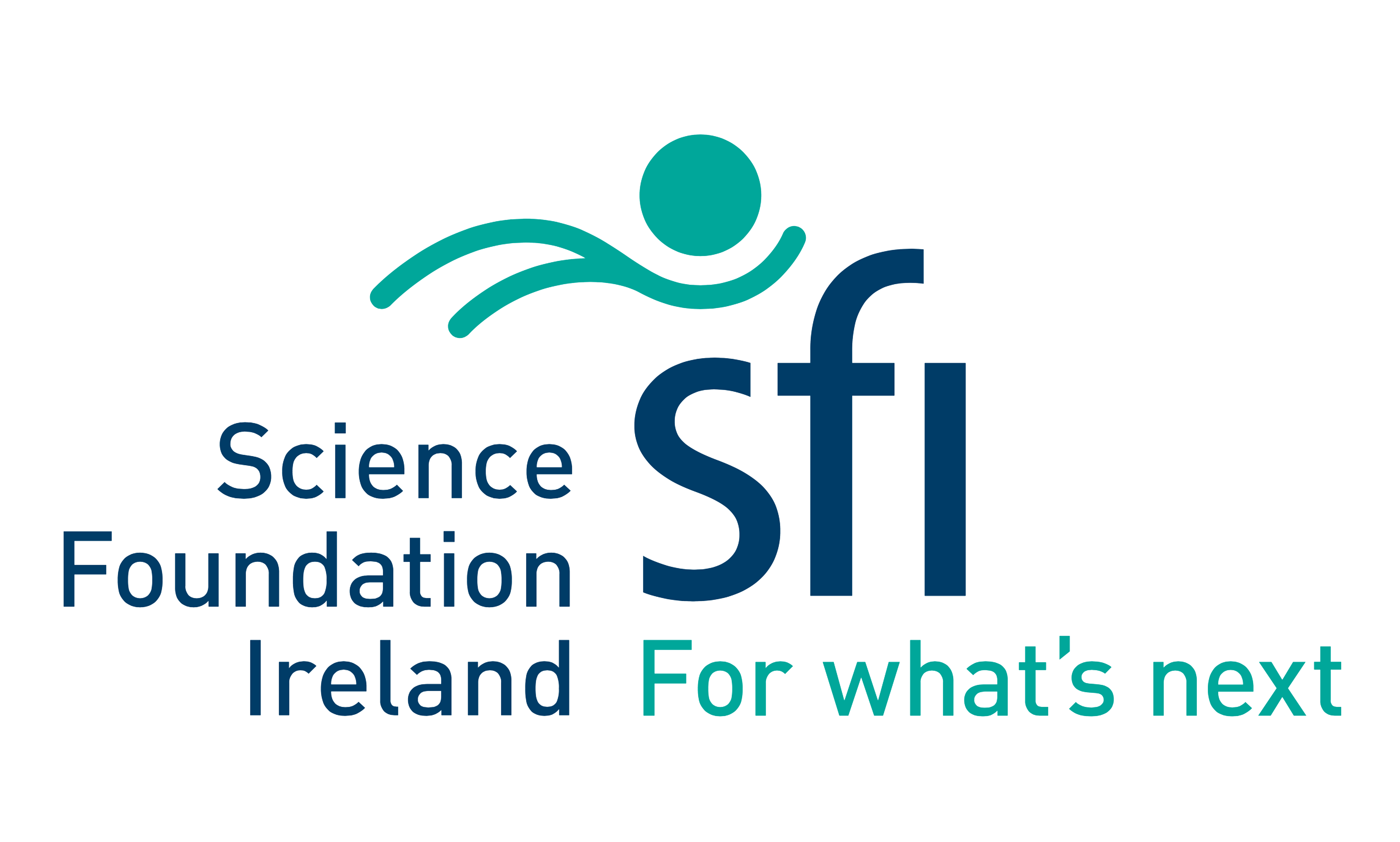Abstract – Using nanotechnology to control in vivo drug transport
Using nanotechnology to control in vivo drug transport
Ijeoma F. Uchegbu 1,2
1 UCL School of Pharmacy, London WC1N 1AX.
2 Nanomerics Ltd, London EC2Y 5AU.
Abstract:
Insights into in vivo drug transport mechanisms and their control, using pharmaceutical nanotechnology, allow for the development of efficacious and safer medicines. Over the past two decades we have designed self-assembling polymers and peptides from a variety of chemistries 1-5 and used these new molecules to produce nano-enabled candidate medicines aimed at particular unmet clinical needs 4-13 .
Lately we have focused on the design of a pain medicine, in which the endogenous and metabolically labile peptide, enkephalin, is packaged in pharmaceutical nanoparticles and delivered to the brain 13 ; resulting in the candidate medicine – Envelta. Envelta has a number of differentiating features and has been out-licensed for clinical development, in an effort to address the US opioid crisis, as prescription opioid use in the US is responsible for ~15,000 deaths per annum.
Our work has also shown that gene delivery to the cerebral cortex and other brain areas is possible via the intranasal route 14,15 . Delivering biomacromolecules to specific brain areas is unprecedented.
We have also developed nano-enabled ocular technologies, as drug delivery to ocular tissues is inefficient due to the very short ocular residence time (1-2 minutes) and eye drops cannot be used to target the back of the eye 16 . Our nano-enabled eye drops deliver drug to the retina and significantly enhance drug deposition into the surface ocular tissues, with no plasma exposure 11,17-19 . The use of eye drops to deliver drugs to the retina is a breakthrough and could lead to more effective treatments for retinal diseases. One of these new candidate medicines entered clinical development in 2022.
Other outputs from our laboratory include: a biocompatible nasal spray that significantly inhibits respiratory viruses 20 and a new diagnostic platform, which enables high resolution imaging of the liver vasculature 21.
References
1 Wang, W., McConaghy, A. M., Tetley, L. & Uchegbu, I. F. Controls on polymer molecular weight may be used to control the size of palmitoyl glycol chitosan polymeric vesicles. Langmuir 17, 631-636 (2001).
2 Brown, M. D. et al. Preliminary characterization of novel amino acid based polymeric vesicles as gene and drug delivery agents. Bioconjugate Chem. 11, 880-891 (2000).
3 Cheng, W. P. et al. Polyelectrolyte nanoparticles with high drug loading enhance the oral uptake of hydrophobic compounds. Biomacromolecules 7, 1509-1520 (2006).
4 Mazza, M. et al. Nanofiber-based delivery of therapeutic peptides to the brain. Acs Nano 7, 1016-1026 (2013). https://doi.org:10.1021/nn305193d
5 Lalatsa, A. et al. Chitosan amphiphile coating of peptide nanofibres reduces liver uptake and delivers the peptide to the brain on intravenous administration. J Control Release 197, 87-96 (2015). https://doi.org:10.1016/j.jconrel.2014.10.028
6 Soundararajan, R., Wang, G., Petkova, A., Uchegbu, I. F. & Schatzlein, A. G. Hyaluronidase Coated Molecular Envelope Technology Nanoparticles Enhance Drug Absorption via the Subcutaneous Route. Mol Pharm 17, 2599-2611 (2020). https://doi.org:10.1021/acs.molpharmaceut.0c00294
7 Fisusi, F. A. et al. Lomustine Nanoparticles Enable Both Bone Marrow Sparing and High Brain Drug Levels – A Strategy for Brain Cancer Treatments. Pharm Res 33, 1289-1303 (2016). https://doi.org:10.1007/s11095-016-1872-x
8 Serrano, D. R. et al. Oral particle uptake and organ targeting drives the activity of amphotericin B nanoparticles. Mol Pharm 12, 420-431 (2015). https://doi.org:10.1021/mp500527x
9 Siew, A. et al. Enhanced oral absorption of hydrophobic and hydrophilic drugs using quaternary ammonium palmitoyl glycol chitosan nanoparticles. Molecular Pharmaceutics 9, 14-28 (2012). https://doi.org:10.1021/mp200469a
10 Soundararajan, R. et al. Direct in vivo evidence on the mechanism by which nanoparticles facilitate the absorption of a water insoluble, P-gp substrate. Int J Pharm 514, 121-132 (2016). https://doi.org:10.1016/j.ijpharm.2016.08.013
11 Badr, M. Y., Abdulrahman, N. S., Schatzlein, A. G. & Uchegbu, I. F. A polymeric aqueous tacrolimus formulation for topical ocular delivery. Int J Pharm 599, 120364 (2021). https://doi.org:10.1016/j.ijpharm.2021.120364
12 Li, G. et al. Achieving highly efficient gene transfer to the bladder by increasing the molecular weight of polymer-based nanoparticles. Journal of Controlled Release (2021). https://doi.org:https://doi.org/10.1016/j.jconrel.2021.02.007
13 Godfrey, L. et al. Nanoparticulate peptide delivery exclusively to the brain produces tolerance free analgesia. J Control Release 270, 135-144 (2017). https://doi.org:10.1016/j.jconrel.2017.11.041
14 Petkova, A. I., Kubajewska, I., Vaideanu, A., Schatzlein, A. G. & Uchegbu, I. F. Gene Targeting to the Cerebral Cortex Following Intranasal Administration of Polyplexes. Pharmaceutics 14 (2022). https://doi.org:10.3390/pharmaceutics14061136
15 Alamoudi, A. A., Mendez, P. A., Workman, D., Schatzlein, A. G. & Uchegbu, I. F. Brain Gene Silencing with Cationic Amino-Capped Poly(ethylene glycol) Polyplexes. Biomedicines 10 (2022). https://doi.org:10.3390/biomedicines10092182
16 Jumelle, C., Gholizadeh, S., Annabi, N. & Dana, R. Advances and limitations of drug delivery systems formulated as eye drops. J Control Release 321, 1-22 (2020). https://doi.org:10.1016/j.jconrel.2020.01.057
17 Badr, M. Y. et al. The topical ocular delivery of rapamycin to posterior eye tissues suppresses the retinal inflammatory disease. in preparation (2021).
18 Uchegbu, I. F., Breznikar, J., Zaffalon, A., Odunze, U. & Schatzlein, A. G. Polymeric micelles for the enhanced deposition of hydrophobic drugs into ocular tissues, without plasma exposure (Submitted).
19 Qu, X. et al. Carbohydrate-Based Micelle Clusters Which Enhance Hydrophobic Drug Bioavailability by Up to 1 Order of Magnitude. Biomacromolecules 7, 3452-3459 (2006). https://doi.org:10.1021/bm0604000
20 Pyrc, K. et al. SARS-CoV-2 inhibition using a mucoadhesive, amphiphilic chitosan that may serve as an anti-viral nasal spray. Sci Rep 11, 20012 (2021). https://doi.org:10.1038/s41598-021-99404-8
21 Hobson, N. J. et al. Clustering superparamagnetic iron oxide nanoparticles produces organ-targeted high-contrast magnetic resonance images. Nanomedicine (Lond) 14, 1135-1152 (2019). https://doi.org:10.2217/nnm-2018-0370

